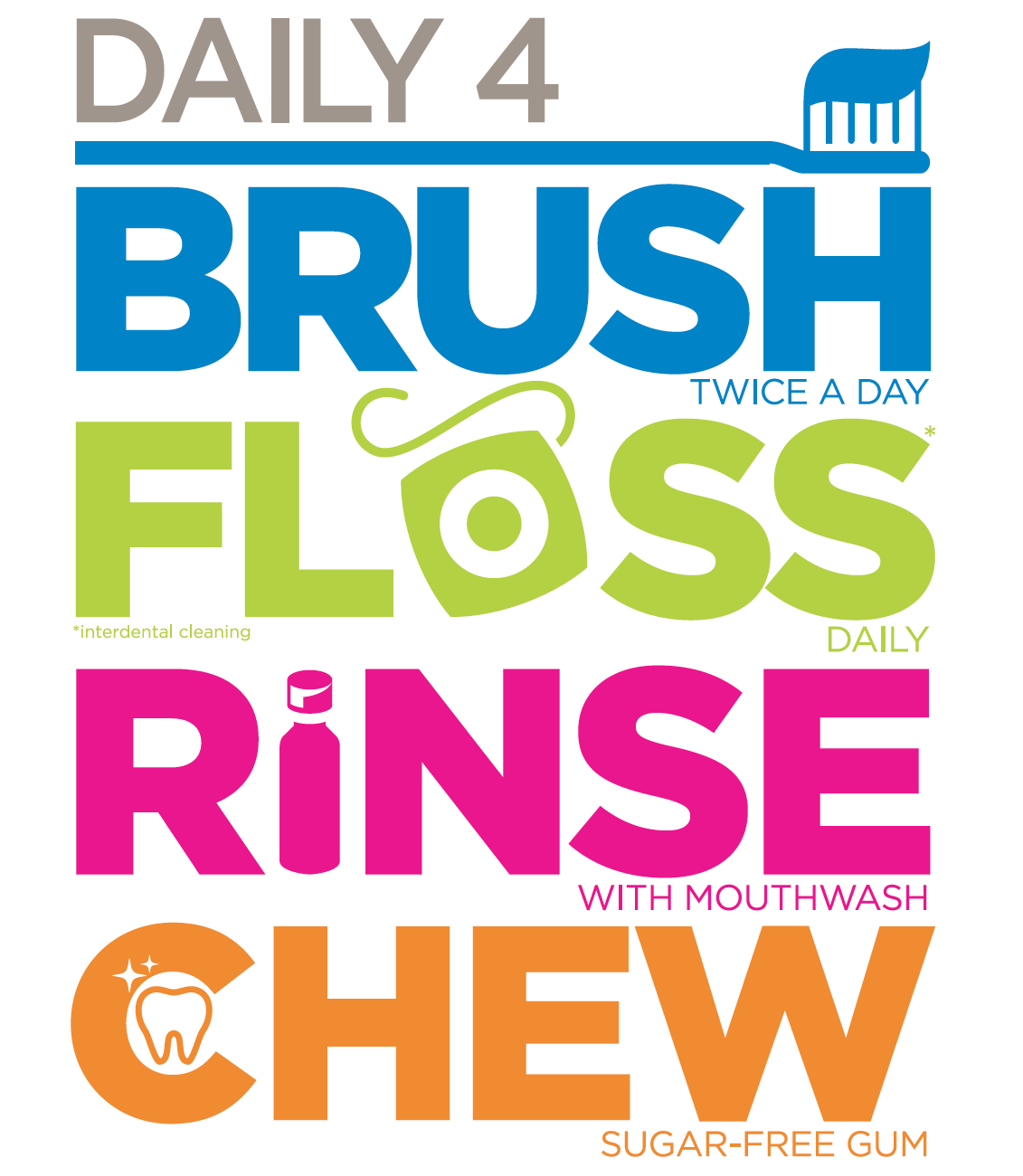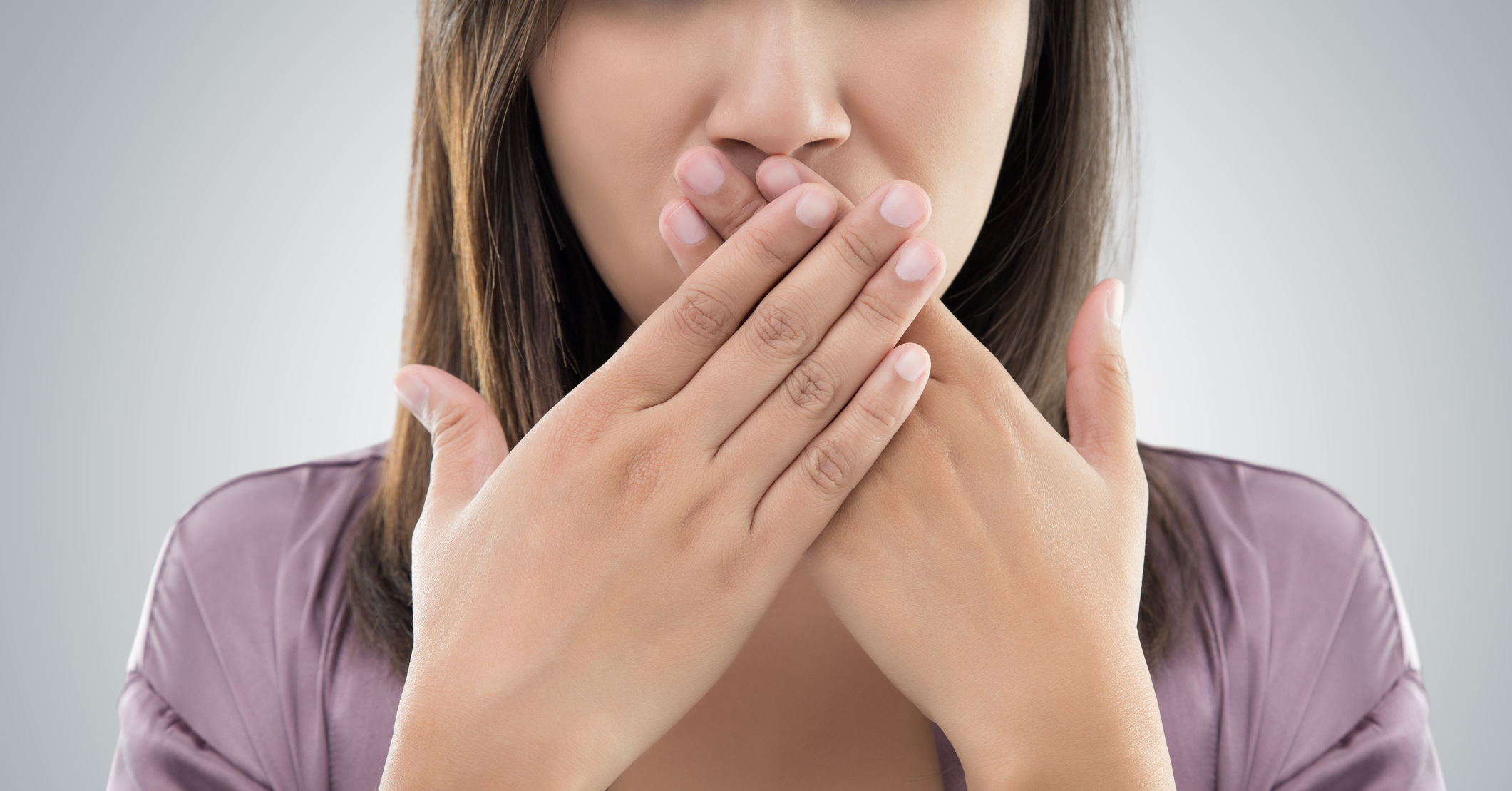
National Dental Hygiene Month is an annual observance designed to celebrate the work of dental hygienists, as well as raising awareness on the importance of good oral health.
The month-long education effort focuses on the Daily 4, a basic routine that will help you maintain a healthy smile: Brush, Floss, Rinse and Chew. The American Dental Association’s consumer website, MouthHealthy.org, recommends brushing with a soft-bristled brush. Your brush size and shape should fit your mouth to allow you easy access to all areas of your teeth and gums.
The Daily 4
1. BRUSH
MouthHealthy.org promotes a five-point technique to ensure proper brushing and adequate cleaning;
- Place your toothbrush at a 45-degree angle to the gums.
- Gently move the brush back and forth in short (tooth-wide) strokes.
- Brush the outer surfaces, the inner surfaces and the chewing surfaces of the teeth.
- To clean the inside front surfaces, tilt the brush vertically and make several up-and-down strokes.
- Brush your tongue to remove bacteria and keep your breath fresh.
2. FLOSS
Cleaning between your teeth is also an essential component of healthy teeth and gums. The ADA recommends cleaning between teeth at least once a day to remove food particles and plaque that brushing may not catch.
3. RINSE
Because your actual teeth comprise less than half of your mouth, rinsing helps eliminate bacteria and bio-film. Along with brushing and flossing, frequent rinsing can reduce the chance of dental decay or infection. However, you should avoid alcohol-based rinses due to unwanted side-effects in your mouth.
4. CHEW
Clinical studies show that 20 minutes of chewing sugarless gum after a meal helps prevent tooth decay. Gum-chewing increases the flow of saliva, which helps wash away any remaining food or other debris, as well as neutralizing bacteria-born acids in the mouth and promoting disease-fighting substances throughout the mouth.
If your next appointment is during October, remember to high-five our outstanding team of dental hygienists and wish them a Happy Dental Hygiene Month!


